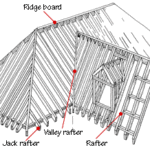The HomeTips crew began building houses in Mississippi with Habitat for Humanity 30 years ago!
I became involved with my first Habitat for Humanity project in 1991. I remember watching the evening news and seeing former President Jimmy Carter and his wife Rosalyn, flannel sleeves rolled up, swinging hammers. They were helping impoverished Southern families build livable houses, striking a blow against poverty and near-homelessness. Habitat for Humanity was a relatively new, unknown program. The newscaster talked about this grassroots, non-governmental army of weekend carpenters who march to the sound of a different hammer. The volunteers wore T-shirts proclaiming “No More Shacks!”.
When I saw the Carters helping lift those walls in the style of a hearty Amish barn-raising, I wanted to jump in. I loved the idea of breaking away from my computer keyboard to do something more tangible. So when I learned that Habitat needed volunteers to spend a week working in Mississippi, I signed up and coaxed my 13-year-old son Gabe to join me. I’d never been to Mississippi, and I wasn’t sure what I was getting us into, but I figured it would be an adventure.
Our rag-tag team of volunteers flew from Southern California to Memphis in the wee hours of a Saturday morning. We rented vans and then drove to the heart of Mississippi. As we rode through the fertile Delta region, we could see life here was very different from our Southern California lives. Vast fields of cotton and soybeans stretched to the horizon and tattered shacks dotted the roadsides.
Our destination was a building site in Goose Pond, a tiny settlement of tidy houses, located in Tallahatchie County, the second poorest county in the United States. We soon learned that many of the people along the nearby bayou deltas were—and still are—pouring their bathwater from a bucket.
When our team arrived at the barren concrete slab foundation, I wondered if we’d get a single wall built within the week. Except for four team members, our group’s building experience ran from slim to none, and the average age was upwards of 60. But our secret weapon was “Uncle George,” a retired construction supervisor.
Before the sun set, we were snapping out chalk lines on the slab and beginning to cut wall studs. For five days, we worked hard and long, yet laughter and friendly chatter cushioned the task. We had fun. And through the sweat and laughter, we built friendships along with the house.
Giving became infectious. From the moment we arrived, people housed us, entertained us, and filled us with hush puppies, fried catfish and sweet iced tea. And they worked with us. Neighborhood kids, caught in the downward spiral of illiteracy and hopelessness, strapped on work aprons to help build their new neighbors’ houses.
The new homeowners pitched in, giving 500 hours of “sweat equity” to this house or someone else’s. Sears donated those aprons, as well as a batch of Craftsman power tools that made our work immensely easier. All of this activity grew from a simple gift of action.
With Uncle George’s expert direction (“I don’t want to see anything but fannies and elbows!”) and what some figured was a heavy dose of divine guidance, we managed to frame and enclose one four-bedroom house and drywall a second by week’s end. And the walls were perfectly plumb.
At the end of the week, we stood with Mildred, one of the people we’d helped. Tears drew shiny paths down her cheeks. One of the guys in our group gave her an understanding hug and—with that—she wept openly. She said, “I just can’t believe y’all came all the way from California to help me build my house.” At that moment I wondered why I was so lucky…not just fortunate to have the abundant life so many of us take for granted—a healthy family, good work, and a house—but incredibly lucky to be there in Mississippi, tired and sore, sharing with my son one of life’s richest times.
Until a decade ago, we went back almost every year. When my younger son, Christian, turned 13, he began joining Gabe and me on these trips. The three of us worked side-by-side with families to help turn their dreams into homes and, in the process, built a neighborhood. We saw hope sprout and bear fruit—for example, Ronnie, the son of one of our house families went on to study dentistry at college and brought his gift back to the community.
We learned that a house isn’t just shelter, it is a place where a family can learn, grow, and love one another. It is a place that inspires traditions and encourages dignity.
By my count, we build 9 houses over the years. As that local Habitat program evolved and life got busier for all of us, we stopped going—instead, a team of high school students picked up the tradition of going every year. Gabe has a young son of his own who, if he’s lucky, will build houses with his dad some day.
Every year, when October rolls around, I find myself mentally driving south from Memphis along those long rural highways, deep into the Delta. I can hear the steel-string blues and smell the sappy fragrance of freshly cut wall studs. I can feel the sultry Southern warmth and picture the pinkish-orange glow of the sun setting down into the flat fields of cotton and hemp. I can taste the deep-fried catfish and grits, and hear the laughter of our team and friends. I imagine going to the Heart Land.
Since its founding in 1976, Habitat for Humanity has now helped more than 29 million people improve their housing conditions. Of course, those weren’t the only people whose lives were changed…there were also the millions of people who were privileged to work on those projects.
—Don Vandervort




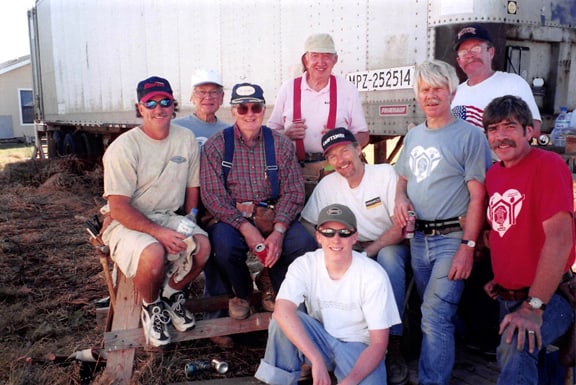
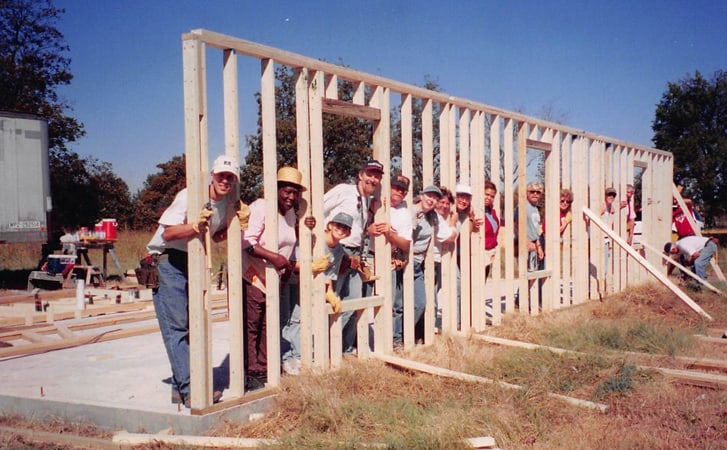
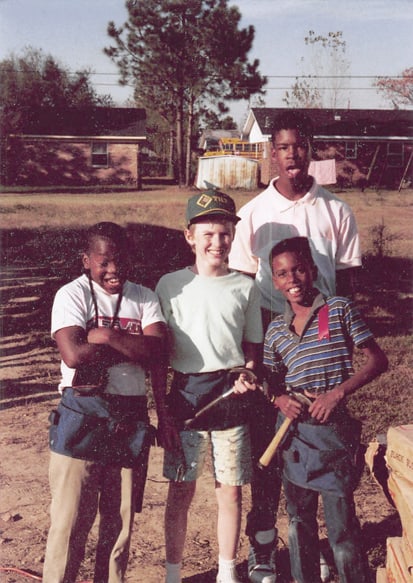
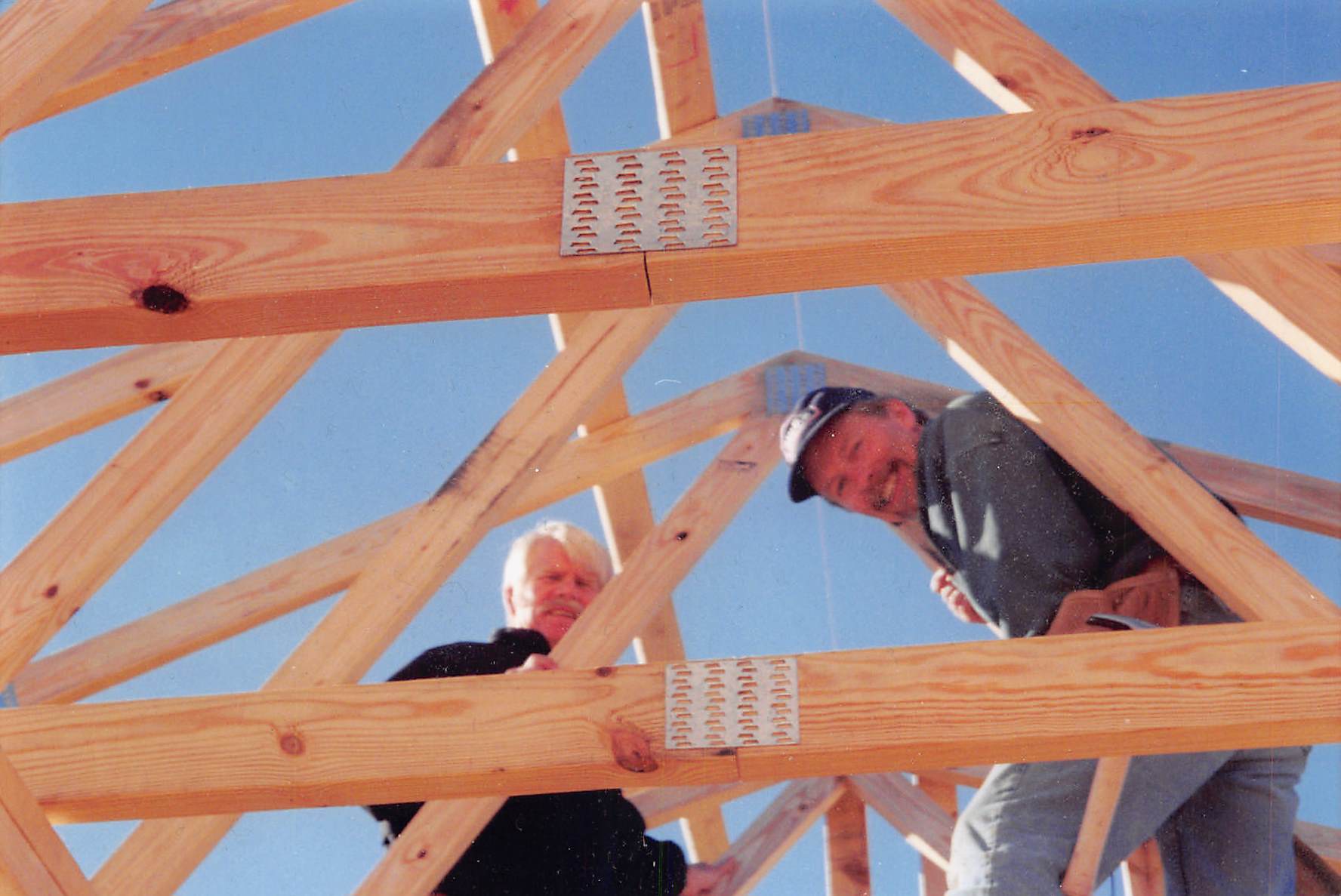
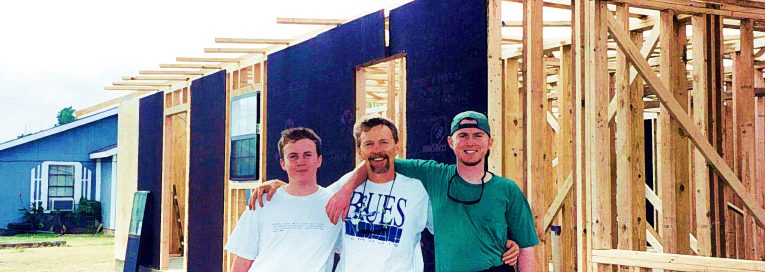


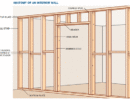

 Don Vandervort writes or edits every article at HomeTips. Don has:
Don Vandervort writes or edits every article at HomeTips. Don has:
